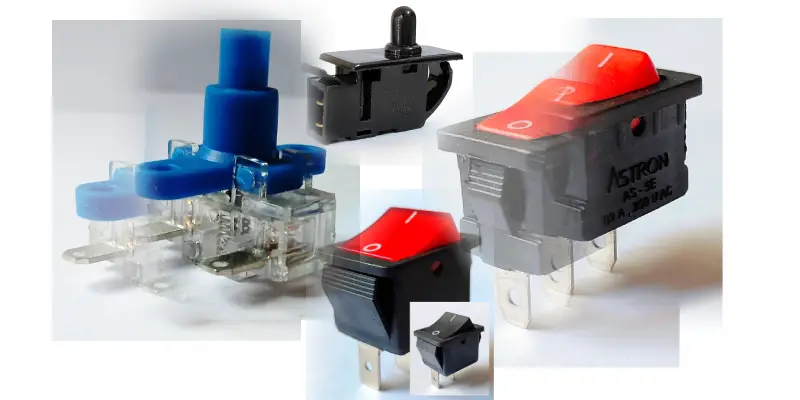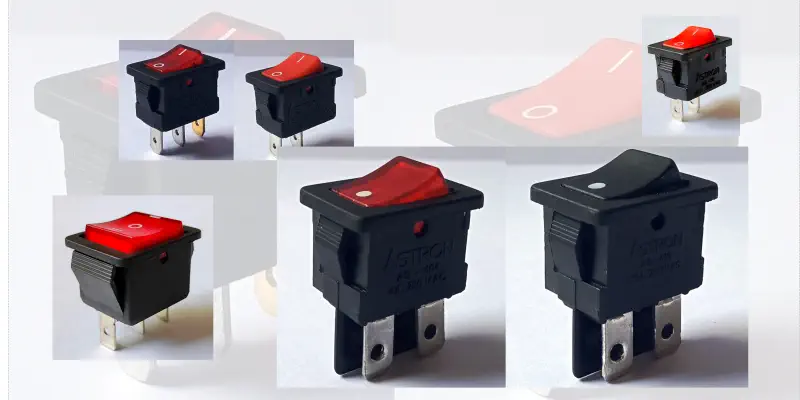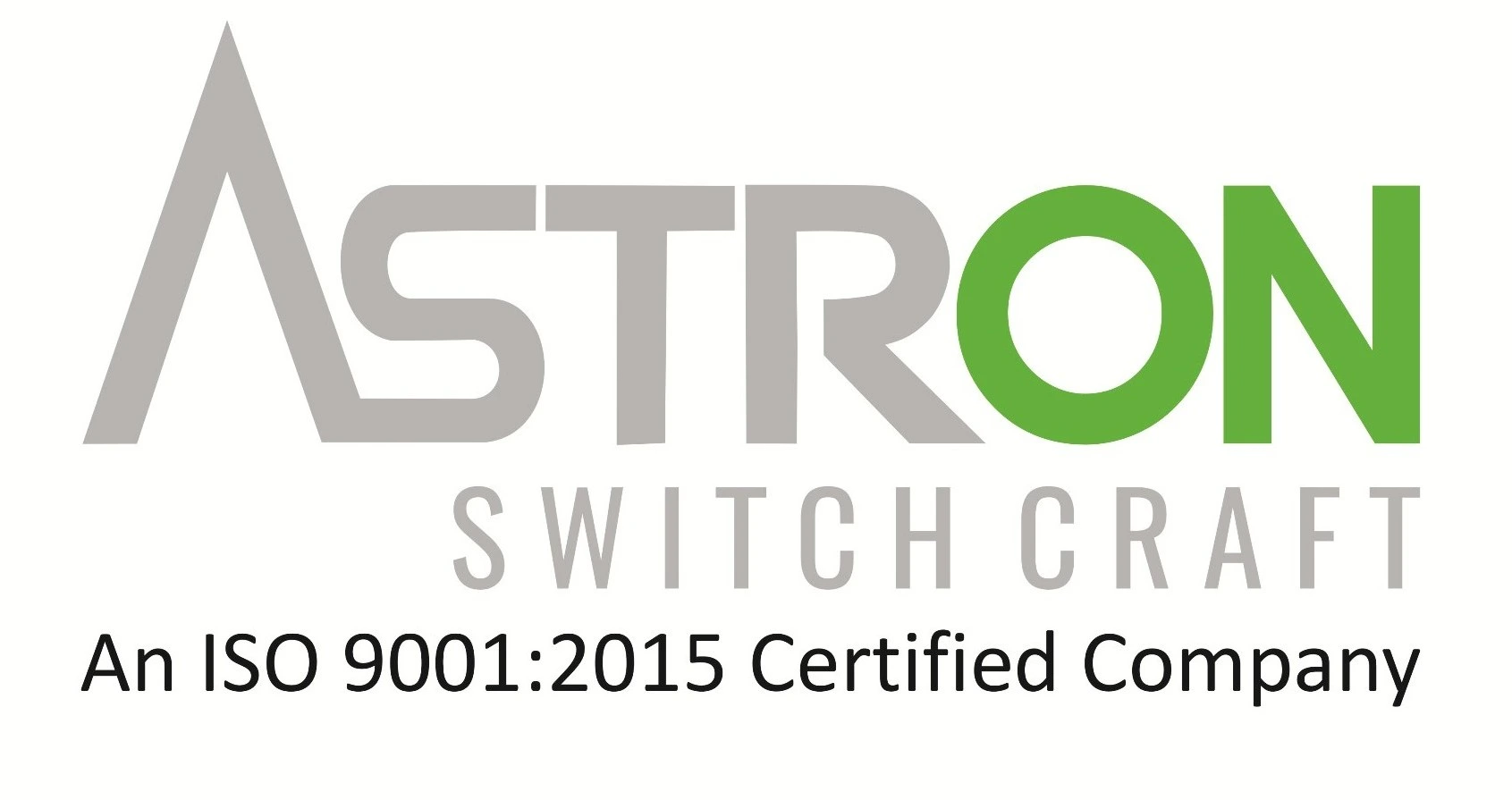
A Guide To Fundamentals Of Electromechanical Switches: Types and Applications
Introduction
Investing in high-quality electrical switches for your machinery is essential for maintaining both safety and operational efficiency. These switches play a critical role in controlling the flow of electricity by either completing or interrupting circuits. When such a vital component fails, the issue can be more complex than a simple replacement. A poor-quality switch increases the risk of system failure, leading to costly downtime and potential safety hazards. By choosing reliable, high-performance switches, you significantly reduce the likelihood of breakdowns, allowing your team to address potential issues proactively and minimize disruptions. Continue reading to learn more about the different types of electromechanical switches and their specialized applications.
Types of Electromechanical Switches
-
1. Rotary Switches
Rotary switches offer multiple positions arranged in a circular path. These switches incorporate a mechanism that controls the flow by rotating through a series of predefined positions. Initiated by a start or stop command, the rotational movement of the switch adjusts the operational intensity and speed, thereby promotes controlled functionality. They are actuated by turning a knob or shaft. The number of positions can vary widely, depending on the application. Standard actuators include push-on knobs, finger wheels, and keylocks. Renowned for their reliability and durability, rotary switches are frequently used in fan regulators, coolers, and other equipment requiring multiple settings. -
2. Rocker Switches
Rocker switches, characterized by their distinctive rocking motion, are often used for direct power on/off control. Available in illuminated and non-illuminated versions, they come in various sizes and actuator styles to suit diverse design aesthetics. Rocker switches find applications in various devices, from consumer electronics to variety of industrial equipment. -
4. Push Button Switches
These switches are activated by pressing a button. They can be momentary (returns to original position when released) or latching (remains depressed until manually reset). Push buttons come in various sizes, colours, and actuation forces to accommodate user preferences and operating environments. They are commonly used in control panels, home appliances, and electronic devices. -
5. Micro Switches
Also known as snap-action switches, micro switches are compact devices that provide rapid contact transfer. Various mechanisms, including levers, push buttons, and rollers actuate them. Micro switches are prized for their precision and responsiveness, establishing them as a perfect fit for applications requiring accurate and fast switching, such as automotive systems and industrial automation. -
6. Thumb wheel Switches
Thumb wheel switches feature a series of wheels with numerical or alphabetical characters. Users can input data or select options by rotating the wheels. They are commonly found in test equipment, data entry devices, and industrial controlling systems.
Applications of Electromechanical Switches
The versatility of electromechanical switches has led to their widespread adoption across numerous industries:
- 1. Consumer Electronics :From power switches on televisions to volume controls on audio systems, electromechanical switches are ubiquitous in consumer products.
- 2. Industrial Electronics : Electromechanical switches are essential components in industrial control systems, automation equipment, and machinery.
- 3. Medical Electronics : These switches find applications in medical equipment, such as patient beds, infusion pumps, and diagnostic devices.
- 4. Railway : Switches control signaling, lighting, and power systems in trains and railway infrastructure.
- 5. Telecom : They are used in telephone exchanges, network equipment, and communication devices.
Combine Your Application with the Right Industrial Switch
Choosing the right electromechanical switch involves considering several factors:
- 1.Current rating : : Indicates the maximum current the switch can handle safely.
- 2.Number of poles : Determines the number of circuits the switch can control.
- 3.Voltage rating : Specifies the maximum voltage the switch can withstand.
- 4.Actuator type : Matches the desired operating mechanism.
- 5.Mounting style : Determines how the switch will be attached to the equipment.
- 6.Environmental conditions : Ensures the switch can operate reliably in the intended environment.
The Reliability With Astron’s Electromechanical Switches
Astron Switch Craft manufactures a assorted collection of electromechanical switches that meet varied application requirements. Our products feature solid colours, translucent options, and two-colour combinations. With operating parameters ranging from single to double poles and .1 to 16 amperes and more, our switches can handle various electrical loads. Designed to withstand harsh conditions.
Conclusion
Electromechanical switches are essential machinery components that execute the functionality of countless devices. Understanding their types, characteristics, and applications are crucial in product development and maintenance.
This effort was aimed to guide you consider the specific requirements while selecting an appropriate electromechanical switches for your concerned application and achieving optimal performance and reliability.
With Astron, you can have confidence that your industrial equipment is not only safe for use but power efficient and durable too. At Astron, our commitment to quality and customer satisfaction makes sure that your investment in our switches will provide long-term benefits. Achieve exceptional industrial efficiency through strategic deployment of our top-tier switches. Contact us today.



